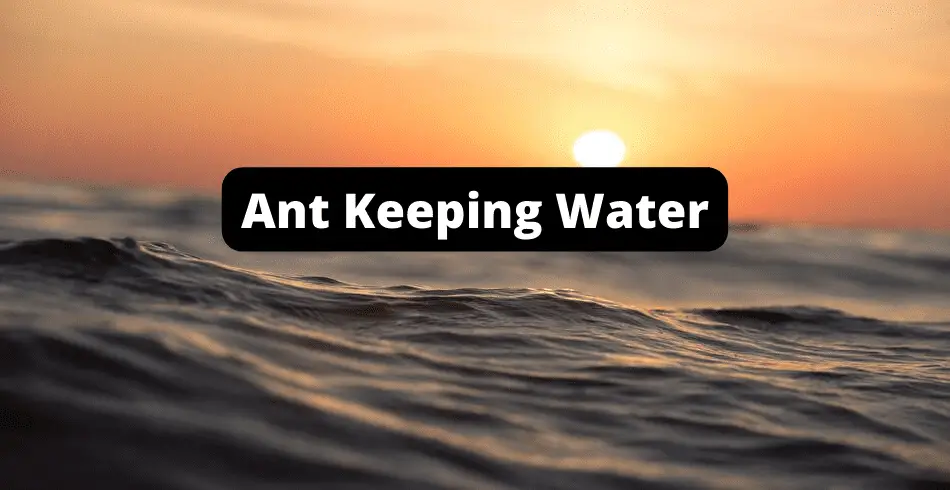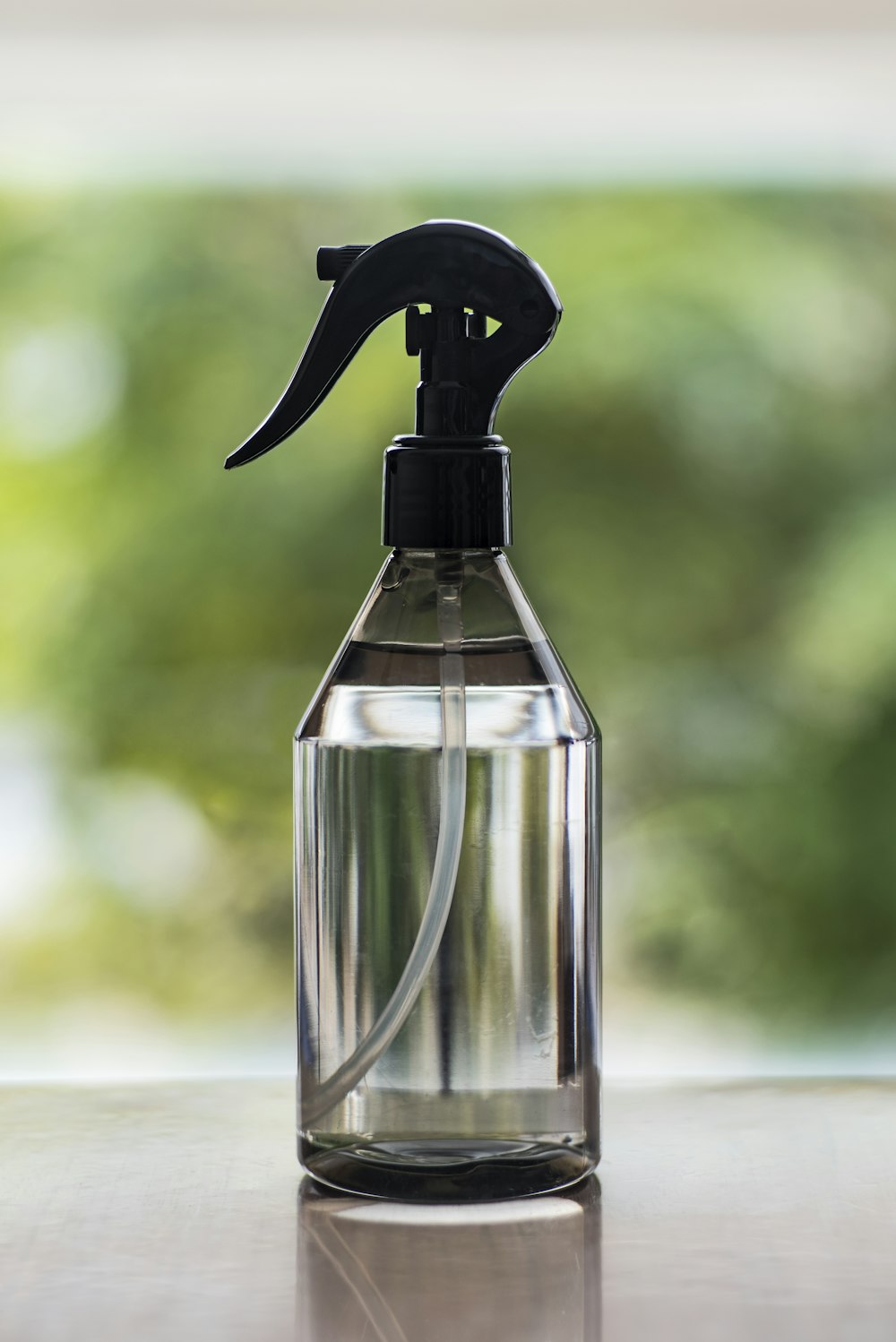When you’re raising your first ant farm, no matter the ant species, everyone always wonders about moisture and if the ants drink water. There is also that nagging question of if ants need water, and if they do, how much water and how often?
Ants need water for humidity, moisture, and for hydration. Different ant species have different recommended amounts of water, but all ants need a constant supply of water to live. Many ants get most of their water from the food that they hunt or the food provided to them.
When should water be added to an ant farm?
Adding water to your ant farm depends on what ant species you decide to raise and whether that ant species prefer a drier or damp climate.
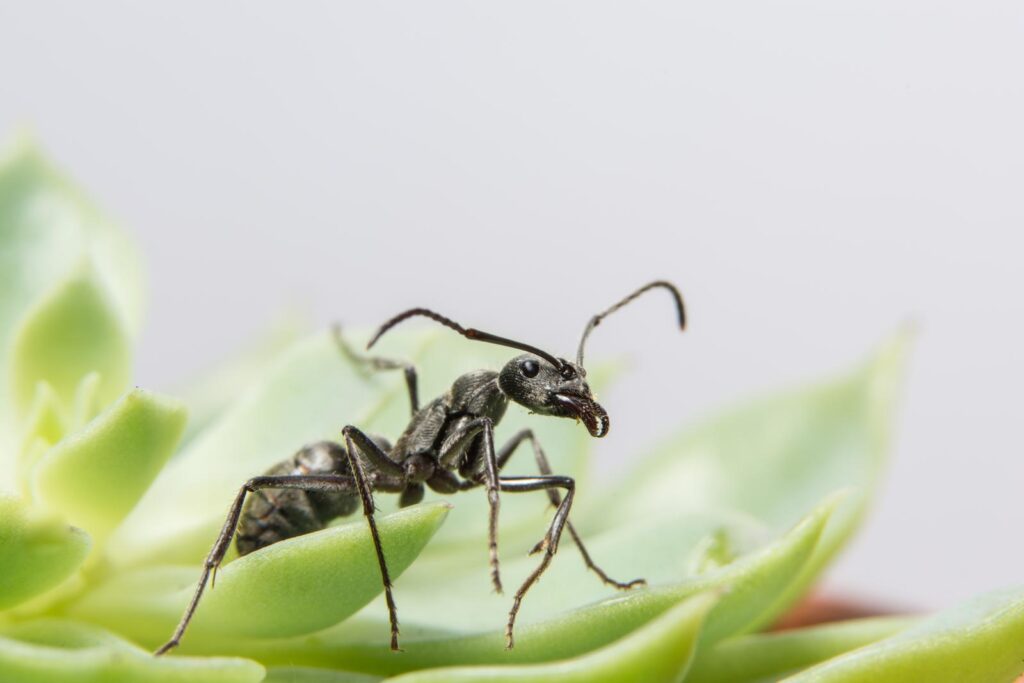
What type of ants do you have?
This is usually the first question.
The planet’s ant population ranges from 12,000 to 15,000 species based on which source you check.
Certain ant species favor drier environments, while others prefer wetter ones.
As a result, the frequency and duration of fluid top-ups and spraying may differ significantly.
While this guideline is only applied to water, we have a full in-depth guide that could help you get started: Beginner Friendly Ant Keeping Guide
Other indicators of a dry formicarium
First, assess how wet or dry the topsoil already is.
Because ant colonies effectively work to maintain the moisture, you rarely need to move around the substrate.
However, if there isn’t enough moisture in there, there is nothing your colony can do.
The more tubes and chambers there are, the less water the soil will be able to absorb.
Since the soil is a pretty good indicator of the moisture on your farm, I’d start there.
Look at the substrate in your ant farm
Does it appear to be dry?
Does there seem to be cracks in your substrate?
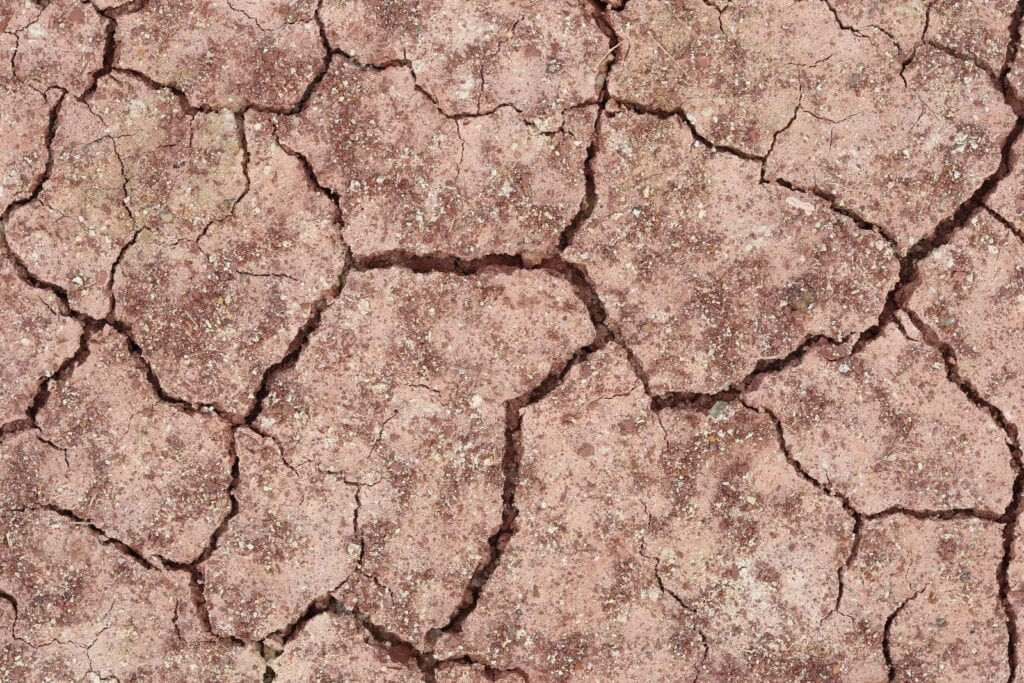
Is it difficult for the ant’s workers to tunnel?
Is there a region of the colony where the ants like to stay, and if it is, is this a dry or damp area?
This is an excellent indicator of whether the ants favor a dried or moist nest.
You can tell they like it dry if they choose to huddle in the dry places of your cage and reject damper ones.
If this is the case, ease down the amount of water and moisture in the formicarium.
On the other hand, if you observe that your ant colony has both dry and moist places, and the workers and their offspring choose the damp regions, you know they like it humid and wet.
How much water should I use for my ant farm?
This is very dependent on how dry or humid your species prefers its nests to be.
Some expert ant keepers will continue to keep the dirt slightly wet, even if they have “drier” ants.
This is because of how crucial water is to the process of raising an ant farm, and you’d rather your colony have more water than not enough.
Anyways, we like to do 10-20 sprays of our water spray every day.
[amazon box=”B08QM81BJV”]We also keep a watering bowl with a decent amount of water in the outworld for our ants, where they are able to come and grab something to drink.
But not enough for them to sail away!
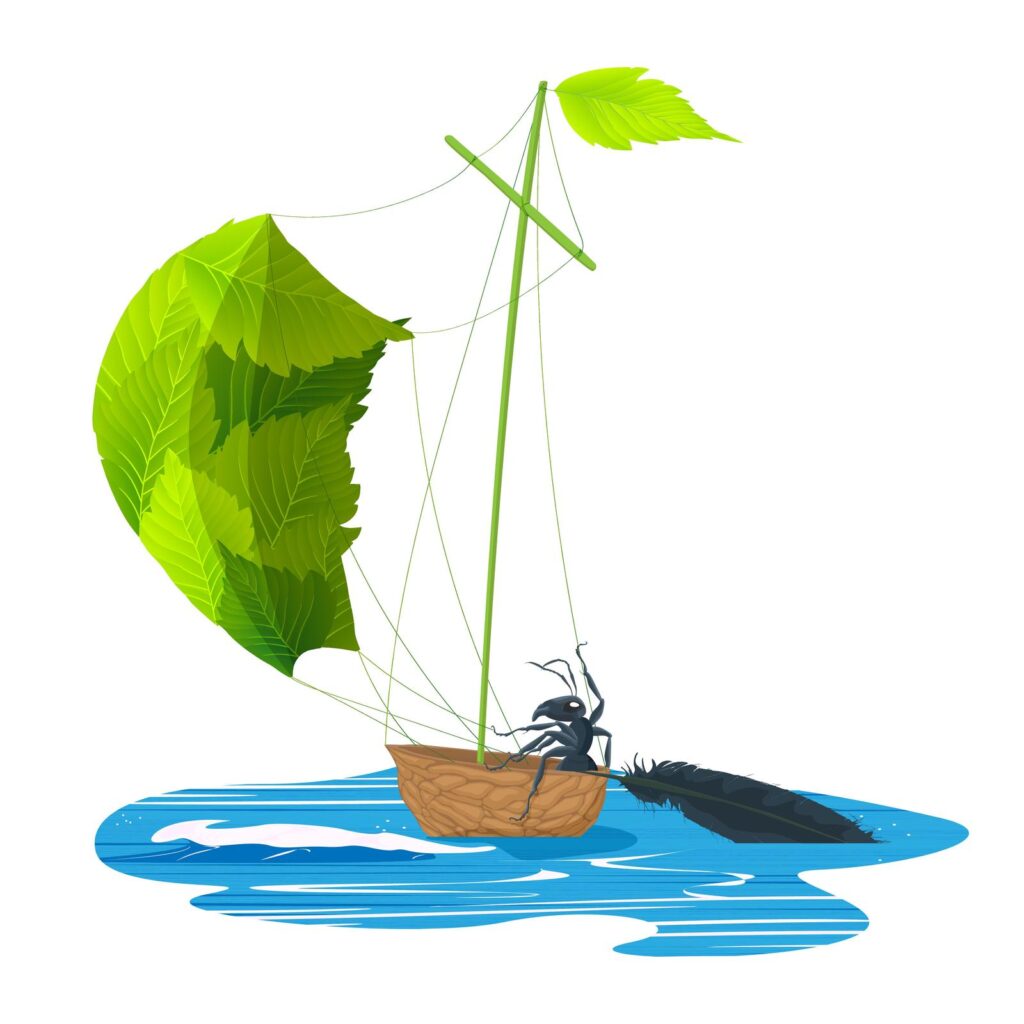
How To Check If My Ant Farm Needs Water? (Checklist)
How to check to see if you need to add water to your ant farm
Use this checklist to determine if you are giving enough water to your ants!
- Remove the cover and feel the dirt with your finger. How does it feel? If it’s dry, add some water.
- Do you smell the earth once you open the lid? Does it have a dusty or moist odor?
- Examine the earth with a magnifying glass. Is it wet or dry?
- Is there any fog underneath the lid or on the window?
- Do the tunnels and chambers appear to be dusty?
- What’s the ant’s activity like? Are they sticking to the dry or damp parts of the formicarium?
- Are the workers having trouble tunneling?
- Are they able to remove whole clumps of dirt or just a single grain of the substrate? The latter could suggest that the soil is overly dry.
- Is there any mold or fungus in the sand? This indicates that the water is overly moist.
- Is there a chance of a tunnel or chamber collapsing? This might imply that you are excessively dry or overwatered.
- Is there a swarm of ants collected around their water source?
- Does it look like they are attempting to add water to the colony? This might signal that the habitat has become too dry for them.
Knowing when to add water to your ant farm is a fascinating topic, especially when you consider how diverse and unique these insects are.
How Do Ants get Water in the Wild?
Not all ants get water the same way, and most of this depends on the different ant species and what the ant’s digestive system can handle.
For example, harvester ants utilize a mixture of sand, liquid food, and seeds to bring back water and moisture to their own colony.
Weaver ants and Leafcutter ants have been known to get their hydration and water from plant sap.
Liquid honeydew is obtained from aphids that ants allow to run around the colony.
This creates a constant supply of honeydew for the ants to collect.

Carpenter ants are known for getting their water from damp wood collected by the worker ants.
We know this species of ants is specifically attracted to wood, but you would never imagine it as a water source!
Some moisture is taken in from the solid food that ants eat.
When ants eat other insects, their bodies do contain water that serves to hydrate the colony.
Finally, things like honey, sweet liquid, or sugar water attract ants but also have a high level of hydration within them.
While you can’t drink honey the same way you drink water, there still is a high concentration of water within these drinks.
Whether it’s a mid-sized ant or smaller ants, the ants will find a way to get their water.
How do Ants Get Water in an Ant Farm?
Once these ants are on your ant farm, they will no longer be collecting water in the same way as out in the wild.
While they’re still naturally drawn to the same things, most ants now will be drinking water straight from water given to them by you.
If you do not like pouring water straight onto your ants, you can always use a sprayer bottle and spray the ground and walls of the cage to avoid small puddles.
The creates a more consistent approach to adding water to your ant farm.
It also evens out the moisture in the formicarium.
[amazon box=”B08QM81BJV”]
How do I put drinking water into my Ant Farm?
It might be challenging to add fluids to the colony if the workers are already present and running around.
If you have fully covered your ant colony with a substrate like sand or dirt, and you do not have an outworld, it could be tough.
If you have enough distance to lift the lid up and drop the water dish in, you could be in luck.
Do you have the Space to Give Water?
If there is some space between the surface of the soil and the top of whatever type of formicarium you are using, you can lift this up to add liquid.
The issue is that ants might be present on the topsoil surface or beneath the cover.
When you remove the lid, they will come up to inspect.
They will most likely be enraged and aggressive.
It is not too big of a deal if there are only a few ants.
You could drop the water dish in and close the top.
Then quickly apprehend any runaways.
Put these runaways back into the formicarium, where they’ve now hopefully learned their lesson!
The more ants there are, the more likely it is that your ants will be near the top, that once the lid is removed, you’ll have a decent amount of runaways.
What I don’t like about this approach, is the germs and other bacteria that you bring into the cage with the water dish.
Before going into the cage, we like to put on a pair of gloves that never leave the house (and sit right next to our formicarium).
That way we know for a fact that we’re not bringing any harmful chemicals into our formicarium.
Also, if you have an aggressive ant species like fire ants, some gloves on your hands will save you from some ant bites.
[amazon box=”B098BL9CHX”]